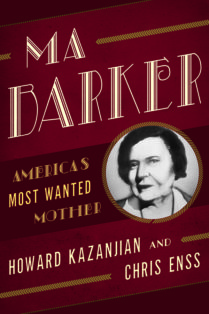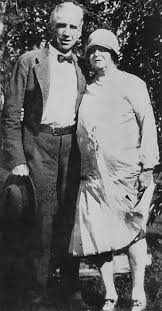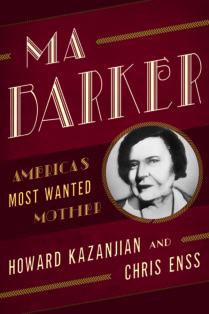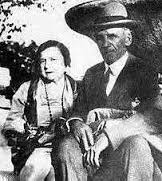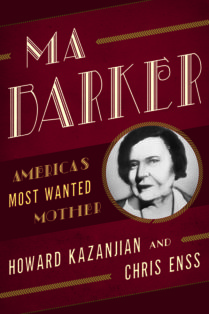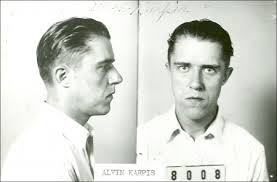Enter now to win a copy of
Ma Barker: America’s Most Wanted Mother.
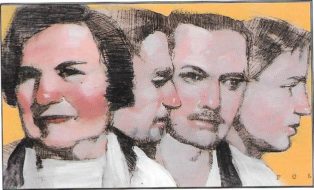
In a time when notorious Depression-era criminals were terrorizing the country, the Barker-Karpis Gang stole more money than mobsters John Dillinger, Vern Miller, and Bonnie and Clyde combined. Five of the most wanted thieves, murderers, and kidnappers by the Federal Bureau of Investigation (FBI) in the 1930s were from the same family. Authorities believed the woman behind the band of violent hoodlums that ravaged the Midwest was their mother, Kate “Ma” Barker.
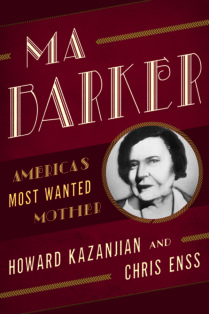
Fifteen federal agents stood in rapt silence outside the home of Mrs. Blackburn and her son in Lake Weir, Florida. Mrs. Blackburn was really Ma Barker. At 5:32 in the morning on January 16, 1935, an investigator had knocked on the front door of the house and shouted, “We are Department of Justice men. Come on out!” He heard naked feet patter along an inside hallway and doors on the second floor of the home opening and closing. The FBI believed Ma and Fred were inside the house but were not certain if anyone else was with them.
The agent who had dared approach the two-story residence walked backwards to a spot behind one of the many oak trees on the property. He exchanged a glance with the other agents under cover around him. Their lips were grim, their hands loose upon their machine guns. No one said a word for several long moments. Finally, Ma responded to law enforcement’s demand that she and her son, Fred come out.
“Who are you?” she asked.
“Federal officers,” the lead agent replied.
More time passed; then Ma called out, “All right, go ahead.”
The special agents interpreted the remark to mean that Ma and Fred were going to surrender, but they were wrong. Fred suddenly appeared in the front doorway, bare-headed, in a white shirt and gray trousers, and with a spitting machine gun. As Fred’s bullets crashed toward the agent, Ma’s high shrill voice came like a cry of doom: “Let ‘em have it!” Fred’s machine gun fire was answered by tear gas bombs, rifle fire, and machine-gun fire from weapons in the hands of FBI agents.
Across the way from the white house, Mrs. A. F. Westberry was awakened by the roar of gunfire. It seemed to come from all sides of her house; it was close up, and it seemed to shake the building. In abject terror, she jerked herself to a sitting position as bullets crashed through her closed bedroom door and buried themselves in the head of her bed. She later told newspaper reporters:
“I got out of bed…opened the door a crack, and more bullets came through the window and hit the face of the door above my head. I looked out the window and saw the yard was full of men. From Mr. Bradford’s house across the road there was a lot of shooting. I could see streaks of fire from the guns. I could see the blazes from the men’s guns on the outside. There was a lot of rapid fire like machine guns. My daughter was in bed. I broke open the back window of our room and told her we had to get out. About that time some more bullets came smacking through the dining room window and hit the wall.
To learn more about Ma Barker and he Barker Gang read
Ma Barker: America’s Most Wanted Mother.

